
Dental fillings are a single or combination of materials, whether composed of metals, plastics, glass, or other substances to restore and repair teeth. A common purpose of these fillings is to replace the portion of a tooth that has been removed by a dentist due to decay "cavity."
Dental filling materials include:
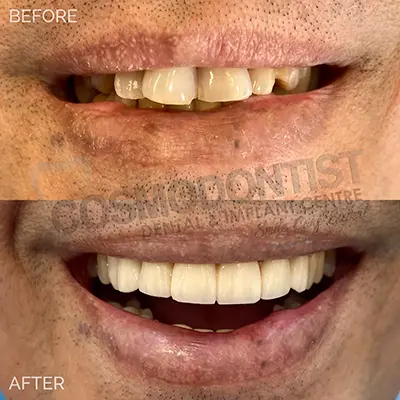
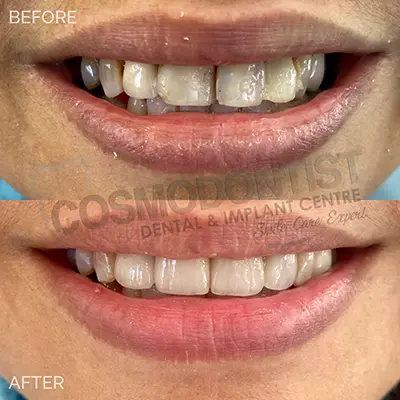
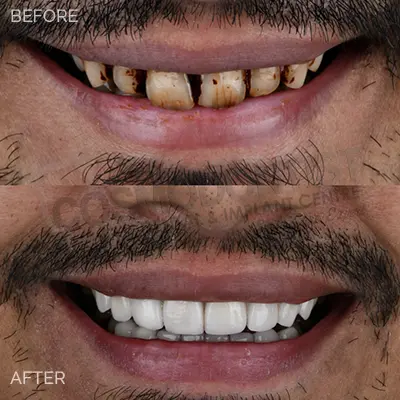
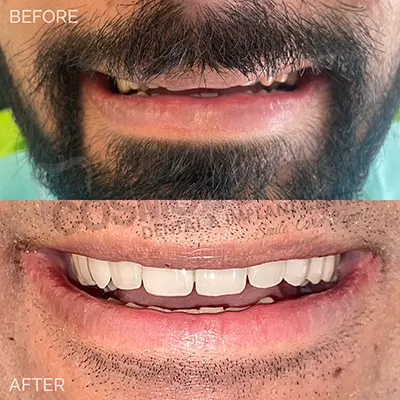

Chemically bond to the tooth structure, eliminating the need for mechanical retention through slots, grooves, or pins.

Bonding the white fillings to the tooth restores 85% to 95% of the original tooth strength.

Fully harden within seconds, unlike other materials that require days to harden.

Tooth sensitivity, if any, caused by composite resin use is minimal and short-lived.
Indirect fillings, resembling tooth-colored filling procedures like composite fillings, involve the production of fillings at a dental laboratory. This process requires at least two sessions for permanent placement. During the initial visit, the dentist takes an impression and forwards it to a dental lab to make indirect filling. A temporary restoration is applied temporarily. In the second visit, the temporary restoration is removed, and the indirect filling is affixed using cement.
Two types of indirect fillings:
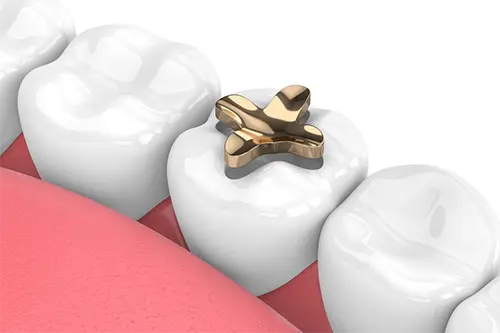
Inlay
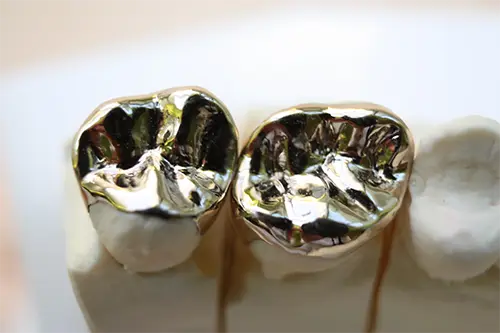
Onlay
Dental Composite Fillings